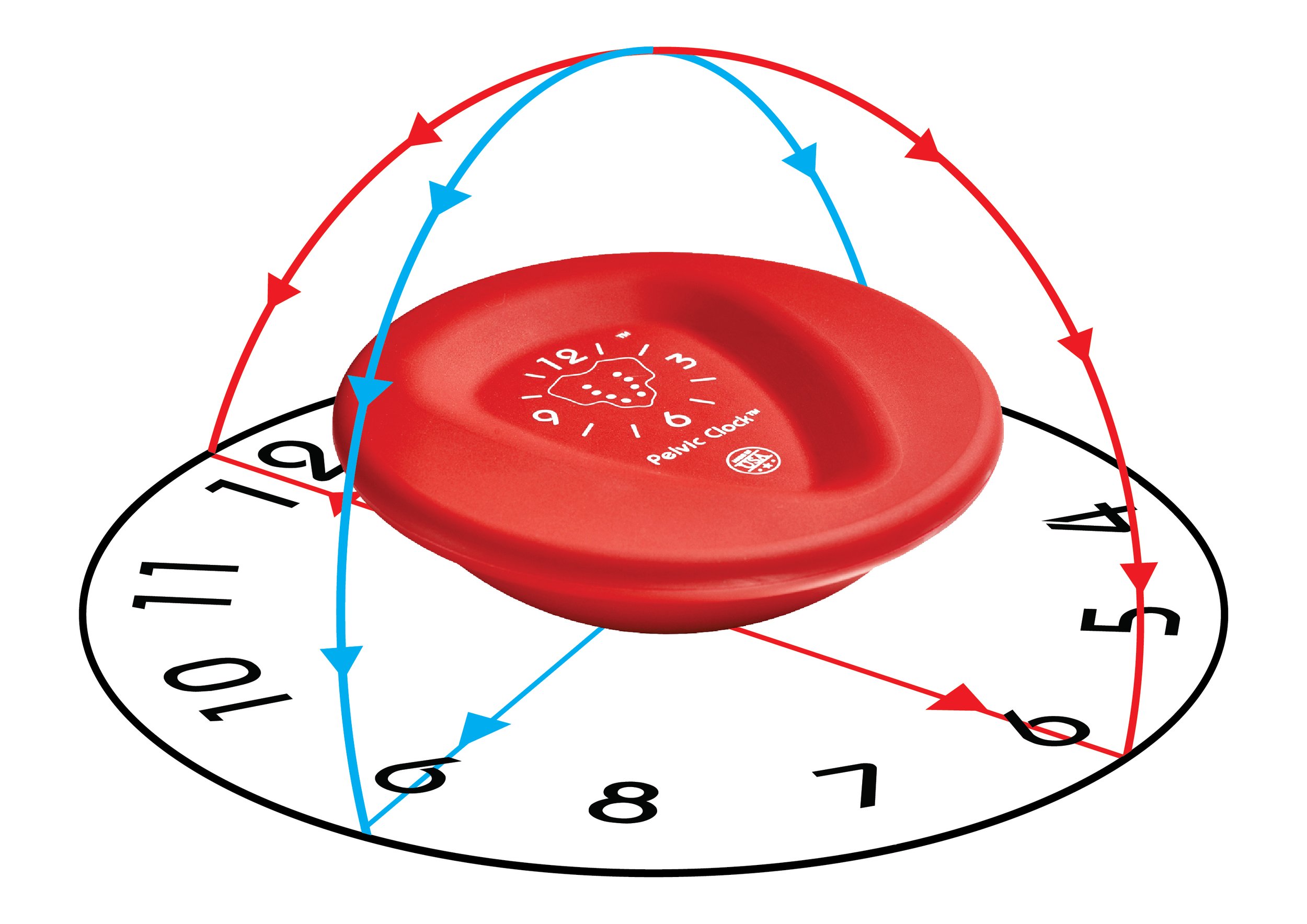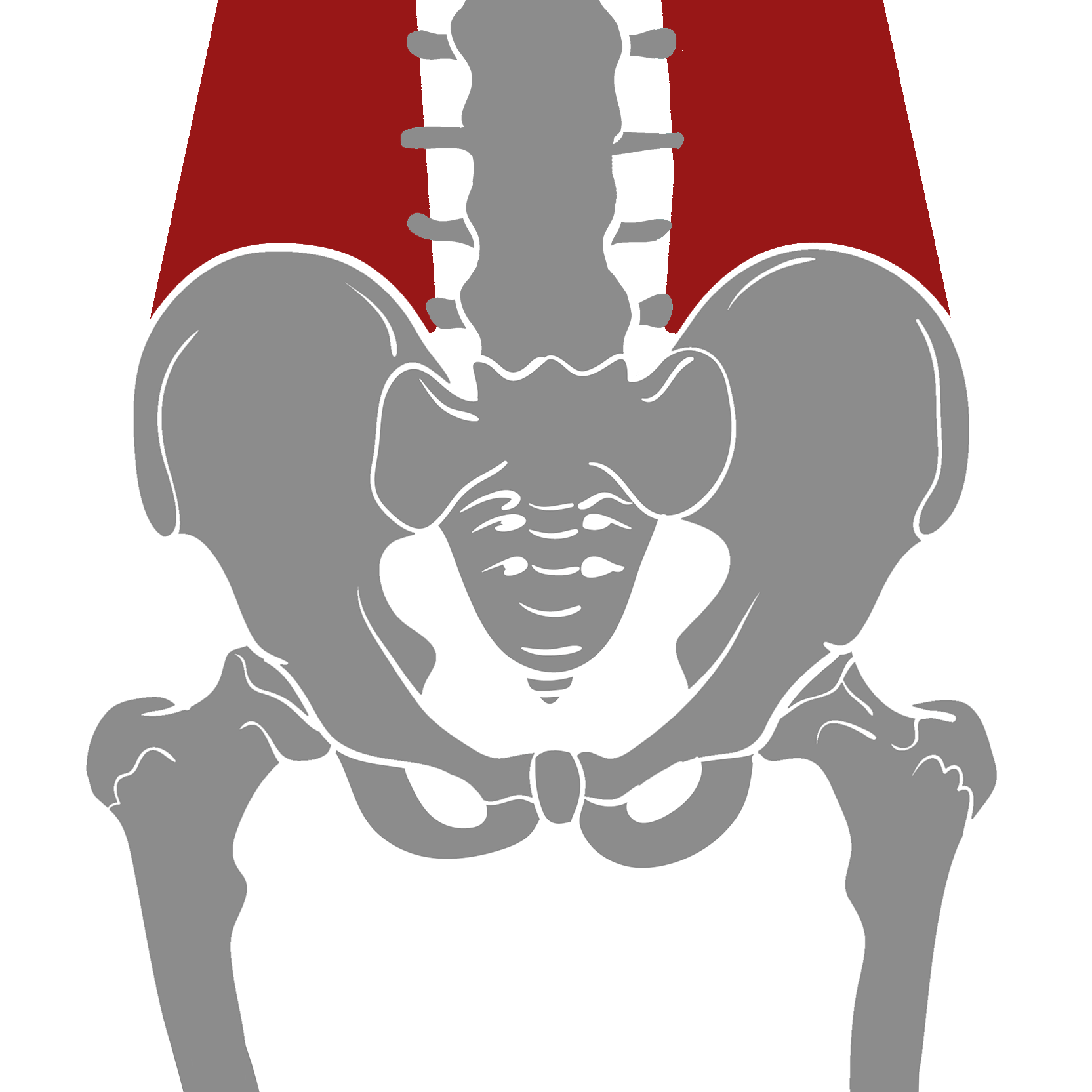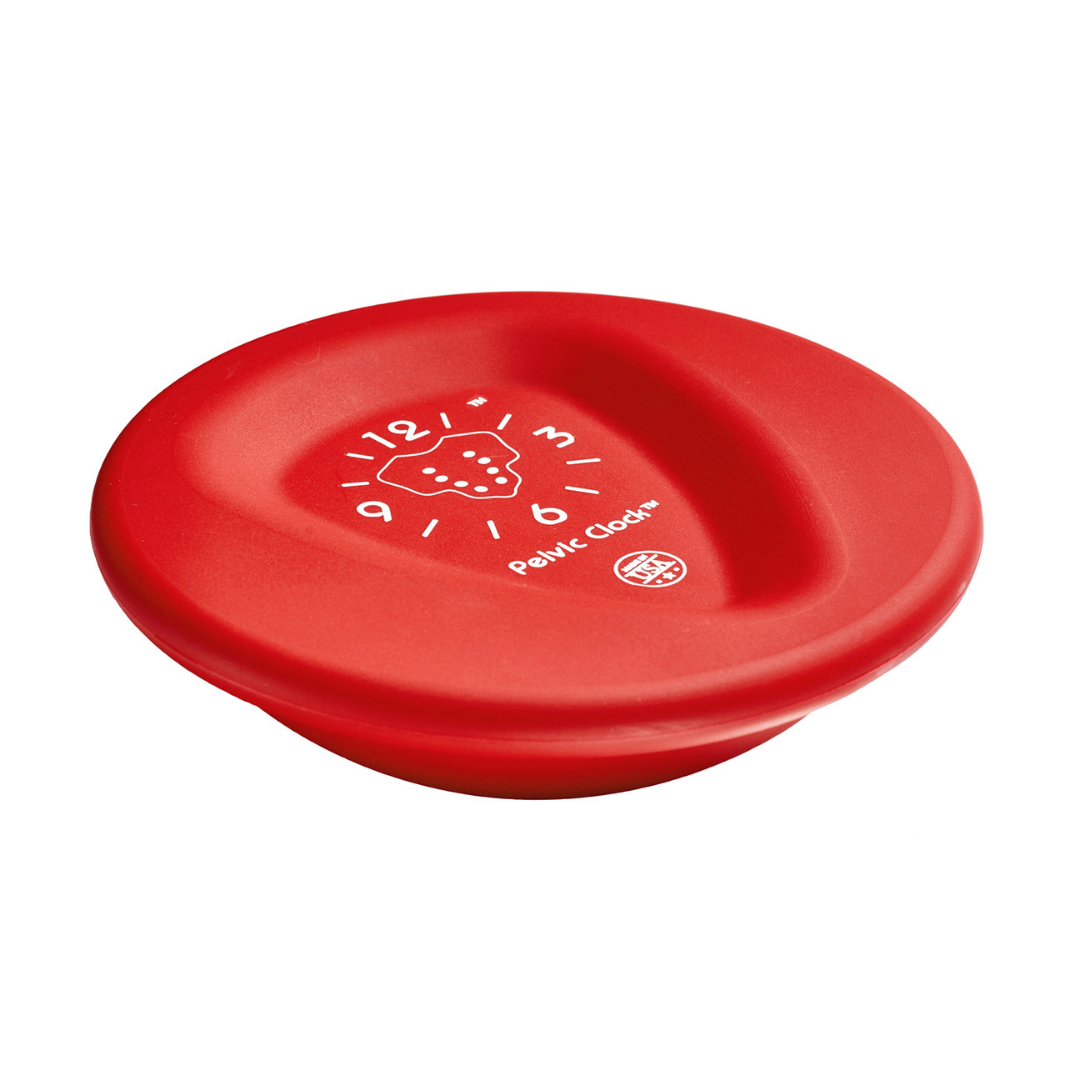Hip Alignment Exercise
Hip alignment exercises prevent joint wear, restore muscle balance, and relieve hip and lower back pain. The Pelvic Clock® home workout corrects a twisted pelvis, fixes pelvic tilt, and improves hip symmetry and mobility.
Hip Alignment at Home: Exercises and Stretches to Realign Your Hips
Our hips are meant to be symmetrical and last a lifetime. Yet, hip pain in people under 50 is becoming increasingly common.
While premature hip arthritis can result from genetic predisposition or past injuries, a key contributor is often overlooked: loss of proper hip alignment.
Poor posture, compensatory walking, or prolonged sitting can cause muscle imbalances and pelvic misalignments, including:
When the pelvis and hips are unbalanced, one hip is constantly overused, which can lead to early joint deterioration and chronic pain.
Unfortunately, mainstream medicine often ignores hip alignment issues, focusing instead on medication or surgery. In many cases, it’s a chiropractic physician who notices if your pelvis is tilted, rotated, or twisted — or if one leg appears shorter — and recommends corrective exercises.
Hip alignment exercises are a simple way to restore muscle balance, relieve pain, and protect your joints from wear and tear. Yet, these exercises are often skipped in physical therapy because they require time and precision — something many therapists can’t provide in a busy clinic.
Luckily, you can do these exercises at home.
Hip alignment work involves small, controlled pelvic movements that restore symmetry. When practiced consistently, these movements help reduce stiffness, improve mobility, and prevent inflammation — such as chronic hip bursitis.
A corrective exercise routine — even just 5 to 10 minutes a day — can help realign and preserve your hip joints.
How Does the Pelvic Clock® Help Correct Hip Alignment?
The Pelvic Clock® is a portable exercise device designed for the lower back and hips. It makes your corrective exercise routine more precise and effective.
Before you begin, it's important to understand what a neutral pelvis is and how to find it.
What Is a Neutral Pelvis?
A neutral pelvis means your pelvis is not tilted forward, backward, sideways, or twisted. It’s the ideal starting position for hip alignment exercises.
How to Find a Neutral Pelvis Using the Pelvic Clock®


Lie on your back with your knees bent, feet flat on the floor, and hip-width apart.
Place the Pelvic Clock® under your sacrum (the large bone at the base of your spine), with the round side down.
Make sure the 12 o’clock marker is facing your head.
Keep the device’s flat surface parallel to the floor.
Take five deep breaths, holding this neutral position.
Targeted Hip Alignment Workouts
If you know your type of pelvic misalignment, click the appropriate link below to download a free PDF of Pelvic Clock® workouts tailored to the following imbalances:
Anterior Pelvic Tilt
Anterior pelvic tilt means that the pelvis tilts forward, causing the back of the hip bones (iliac crests) to sit higher than the front.
Exercise: "12-HOLD"
Exhale and gently tilt your pelvis backward toward the 12 o’clock marker (in the direction of your head).
Hold this position for five seconds without breathing, while pressing your lower back into the floor.
Inhale and return to a neutral position.
Repeat 10 times.
Posterior Pelvic Tilt
Posterior pelvic tilt means that the pelvis tilts backward, with the front of the hip bones sitting higher than the back.
Exercise: "6-HOLD"
Inhale and tilt your pelvis forward toward the 6 o’clock marker (in the direction of your feet). During the hold, keep your lower back off the floor.
Hold for five seconds.
Exhale and return to a neutral position.
Repeat 10 times.
LATERAL PELVIC TILT
Lateral pelvic tilt means that one side of the pelvis is higher than the other, causing the pelvis to tilt to one side.
Side Stretch
Lie on your back with the Pelvic Clock under your sacrum, and your legs stretched out on the floor.
Reach both arms overhead and grab your right wrist with your left hand.
Pull your right arm to the left until your body forms a half-moon shape to stretch the right side.
Tilt your pelvis to the right.
Take 5 deep breaths as you hold the stretch.
Now switch sides:
Grab your left wrist with your right hand.
Pull your left arm to the right until your body forms a half-moon shape to stretch the left side.
Tilt your pelvis to the left.
Take 5 deep breaths as you hold.
TWISTED PELVIS
A twisted pelvis is when one hip is turned outward and the other inward, causing the pelvis to rotate on a vertical axis.
Exercise: "3–9" with Feet on the Wall
Lie on your back with your sacrum resting on the Pelvic Clock, legs extended, and feet flat on the wall.
Keep your heels on the floor.
Stretch your arms wide on the floor.
Gently drop your left hip toward the floor to rotate your pelvis to the left.
Hold for 15–30 seconds.
Come back to the center, then drop your right hip to rotate your pelvis to the right.
Hold for 15–30 seconds.
Compare the two sides.
Repeat the stretch on the tighter side.
This time, hold the stretch for up to 3 minutes.
When One Hip Tilts More Than the Other
When one hip flexor is tighter than the other, one side of the pelvis tilts forward more than the other.
Single-leg Diagonal Pelvic Tilts are an effective way to correct this one- sided imbalance by targeting the muscles on each side individually.
Single Leg Diagonal Pelvic Tilt Exercise
These diagonal movements combine hip flexor stretching (psoas muscle) with internal oblique strengthening.
Do both versions: “5–11” and “7–1.”
If one side feels weaker, double or triple the repetitions on that side to help restore balance.
Exercise: “5–11”
Lie on your back with your sacrum resting on the Pelvic Clock.
Extend your left leg straight out. Bend your right knee with your right foot flat on the floor.
Inhale. Slide your left leg diagonally forward to the left toward the 5 o’clock. Tilt your pelvis forward to the left, and press your left buttock into the floor.
Hold for 5 seconds.
Exhale. Tilt your pelvis back to the right, toward the 11 o’clock.
Scoop your tailbone under and press the right side of your lower back into the floor. Hold for 5 seconds.
Repeat 10 times.
Exercise: “7–1”
Lie on your back with your sacrum resting on the Pelvic Clock.
Extend your right leg straight out.
Bend your left knee with your left foot flat on the floor.
Inhale. Slide your right leg diagonally forward to the right toward the 7 o’clock. Tilt your pelvis forward to the right, and press your right buttock into the floor. Hold for 5 seconds.
Exhale. Tilt your pelvis back to the left, toward the 1 o’clock.
Scoop your tailbone under and press the left side of your lower back into the floor. Hold for 5 seconds.
Repeat 10 times.
Can You Have More Than One MUSCLE Imbalance?
Yes—having multiple imbalances at the same time is very common.
Example:
If the right hip flexor (psoas muscle) is tight, it can pull both the right side of the pelvis and the right hip forward. This may cause the pelvis to rotate or twist, making one leg appear shorter than the other.
How Can You Tell if Your Hips Are Out of Alignment?
Hip discomfort or pain, especially on one side
One leg appears shorter than the other.
What Other Muscle Imbalances Can the Pelvic Clock Help Address?
PRODUCT WARNINGS
Consult your physician or healthcare provider before performing any exercise program using this product for appropriate exercise advice and safety precautions. This product and its instructions are not intended to replace the advice and guidance of your physician or healthcare provider.
Exercises using this product should be performed in a slow and controlled manner. If you have trouble breathing or otherwise feel sick while using this product, stop and contact your physician or healthcare provider.
Be sure to read and follow the instructions as provided. Use only as intended and at your own risk. The manufacturer, Flect LLC, and its distributors assume no liability or responsibility for accidents or injury to persons or property that might result from the use of this product.
Do not use in areas of skin irritation. Stop using product if bruising occurs.
This product is not a toy. Keep out of reach of children and pets.
You may clean this product with mild soap and water. Dry with a cloth and store in a cool, dry place out of direct sunlight.



















